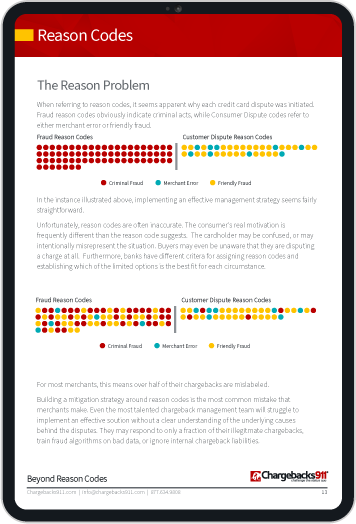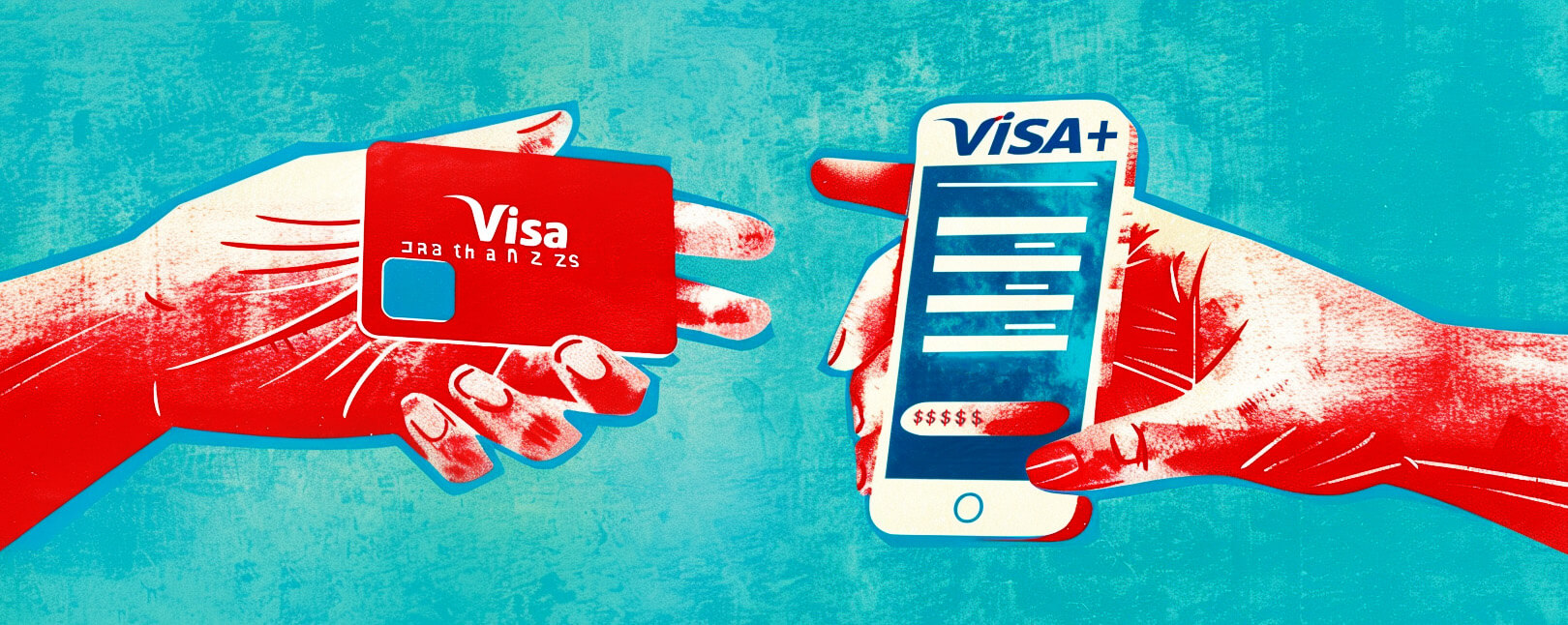Targeting Friction With Tokenization: Is the Payments Industry Ready for Blockchain 2.0
Yes. Cryptocurrency may be the best-known application of blockchain technology. But, as we’ve discussed before, there’s a lot more to the blockchain than just crypto payments.
The technology itself is groundbreaking and could hold the solution to several issues within the payments infrastructure. However, its value and utility tends to be eclipsed by alarmist headlines and dreaded market instabilities.
Unfortunately, even within the fintech sector, people often struggle to distinguish between blockchain technology and cryptocurrency as a whole. Insufficient awareness exists regarding the nature of blockchain, its functionality, and its potential.
Recommended reading
- How to Use a Contactless ATM & Where to Find Enabled Devices
- Terminal ID Number (TID): What is it? What Does it Do?
- What is EMV Bypass Cloning? Are Chip Cards Still Secure?
- Dispute Apple Pay Transaction: How Does The Process Work?
- Visa+: Get the Most Out of Digital Wallets With This Tool
- Mastercard Installments: How Mastercard BNPL Works
A Matter of Trust
When you move past the headlines and online debates, blockchain technology could hold many solutions for merchants and financial institutions. One of the most important of these revolves around the question of trust.
Blockchains use a shared and unchangeable ledger accessible only to authorized members. Within this network, organizations and individuals have control over the information they can view and the actions they can perform.
Blockchains are often referred to as a "trustless" network. This is not because trust between business partners is absent; rather, it’s because trust is no longer a necessity.
One no longer has to simply hope that the person on the other end of a transaction is who they claim to be. Instead, trust can be established through the heightened security, enhanced transparency, and immediate traceability. These are all offered by blockchain technology.
In addition to fostering trust, a blockchain also brings about various advantages for businesses. These include cost savings derived from improved speed, efficiency, and automation. By minimizing paperwork and errors, blockchain significantly reduces overhead and transaction costs. In doing so, it eliminates or reduces reliance on third parties or intermediaries to validate transactions.
Beyond Crypto: 10 Blockchain Benefits for Commerce
Aside from the trust factor mentioned above, blockchain technology poses many additional benefits for businesses, banks, and financial institutions worldwide. A few examples include:
#1 | Enhanced Data Integrity
Blockchain ensures data integrity by using cryptographic hashes to secure each transaction block. Once a block is added to the blockchain, it becomes extremely difficult to alter or manipulate the data within it. This feature ensures the integrity and immutability of financial records, providing a reliable source of truth for merchants, banks, and financial institutions.
#2 | Improved Efficiency & Speed
Blockchain enables faster and more efficient transactions by eliminating intermediaries and streamlining processes. Traditional financial transactions often involve multiple intermediaries and manual verifications, leading to delays and higher costs. With blockchain, transactions can be processed more quickly, reducing settlement times.
#3 | Cost Savings
The blockchain reduces operational costs by automating processes and removing the need for intermediaries. It eliminates the expenses associated with intermediaries, such as fees for transaction processing and reconciliation. Additionally, blockchain's transparency reduces the risk of fraud and error, further saving costs for merchants, banks, and financial institutions.
#4 | Increased Transparency & Auditability
The blockchain model provides a transparent and immutable ledger recording all transactions. This transparency enhances trust among participants and allows for easy auditing. Financial institutions can verify transaction details and trace the origin and movement of funds. This can help combat money laundering, stop fraud, and even help avoid chargebacks.
#5 | Smart Contracts
A blockchain facilitates the implementation of “smart contracts,” or self-executing agreements with predefined rules and conditions. Smart contracts automate and enforce the terms of an agreement, eliminating the need for intermediaries and reducing the risk of fraud. They can be used for various purposes, like conditional payments, insurance claims, and regulatory compliance.
#6 | Supply Chain Management
Blockchain can revolutionize supply chain management by providing a transparent and immutable record of every transaction and movement of goods. This enables enhanced traceability, accountability, and authentication of products. Businesses can verify the origin, quality, and authenticity of goods, ensuring supply chain integrity and combating counterfeiting.
#7 | Data Sharing & Collaboration
Blockchain enables the secure and efficient sharing of data among multiple parties. It eliminates the need for intermediaries and central authorities, reducing costs and increasing trust. Businesses, banks, and financial institutions can collaborate on shared processes, such as compliance, auditing, and data verification while maintaining privacy and data integrity.
#8 | Recordkeeping & Auditing
Blockchain provides an immutable and transparent ledger for recordkeeping and auditing purposes. Every transaction and data entry is timestamped and cryptographically sealed, ensuring an auditable trail of events. This simplifies regulatory compliance, reduces the risk of fraudulent activities, and expedites the auditing process.
#9 | Tokenization of Assets
A blockchain allows for the tokenization of real-world assets, such as real estate, intellectual property, or commodities. Tokenization represents these assets digitally, enabling fractional ownership, enhanced liquidity, and simplified trading. This opens up new opportunities for businesses, banks, and financial institutions to access a wider investor base and create innovative financial products.
#10 | Decentralized Finance (DeFi)
The blockchain model has given rise to the concept of decentralized finance, or offering financial services and products without the need for traditional intermediaries. DeFi platforms leverage smart contracts and blockchain technology to provide services such as lending, borrowing, and decentralized exchanges. This fosters financial inclusion, reduces costs, and offers new investment opportunities.
These are just a few examples of how blockchain technology can benefit businesses, banks, and financial institutions beyond cryptocurrency and payments. Its potential extends to various industries and use cases, transforming traditional processes, enhancing efficiency, and enabling new business models.
Challenges to Blockchain Adoption
Given the absolute plethora of potential benefits blockchain technology holds for everyone involved, you might be asking yourself: why isn't everyone using it already?
While blockchain technology offers numerous advantages, it also poses certain challenges and considerations for businesses, banks, and financial institutions. Some of the problems associated with blockchain implementation include:
Addressing these challenges requires continuous technological advancements. It also demands collaboration among industry stakeholders, and the development of regulatory frameworks that strike a balance between innovation and protection.
Driving Innovation
For all the reasons above, institutional investors are showing a growing interest in investing in tokenized assets as they explore alternative sources of value. However, they encounter a complex dilemma. These investments are recorded on a variety of blockchain networks that lack interoperability.
Each network operates with its own unique features and liquidity characteristics, resulting in significant complexities and obstacles when it comes to managing and trading these assets. This situation creates additional overhead and friction for institutional investors in their efforts to navigate and optimize their investments.
To that end, SWIFT has recently begun experimenting with blockchain technology. The entity is partnered with over twelve financial institutions and market infrastructures. Their aim is to conduct trials using its messaging network for facilitating the transfer of tokenized value across various public and private blockchain networks.
In a recent article for Finextra, Tom Zschach, SWIFT’s chief innovation officer, discussed the company’s blockchain goals:
“We would expect to see a multitude of different platforms emerging, each serving different customer segments with their own bespoke capabilities and requirements.” In such a highly fragmented ecosystem, it would simply not be feasible for financial institutions to connect to each and every platform individually. That’s why the community is working with Swift to develop an interoperability model that would enable access to different platforms globally“
In the initial use case, the focus will be on transferring tokenized assets between two wallets within the Ethereum Sepolia testnet, which operates as a public blockchain network. The second use case entails the transfer of tokenized assets from a public blockchain, specifically Ethereum, to a permissible blockchain. The final use case will involve testing the transfer of tokenized assets from Ethereum to another public blockchain.
Adoption Will Raise Additional Questions
Blockchain technology holds promise for businesses, banks, and financial institutions. However, careful consideration and mitigation of these problems are necessary for successful implementation.
Additionally, if blockchain tech is to be adopted, the industry will still need to ensure proper consumer protections. Take chargebacks, for instance; even though the process is broken, disputes still fulfill a crucial role. They provide consumers with an essential recourse in cases of fraud or abuse. In any new financial framework, some means to reverse a transaction will be necessary.
Ultimately, as we’ve demonstrated, there is much more to the blockchain than cryptocurrency. That said, whether or not the payments industry will fully embrace it at large remains to be seen.














